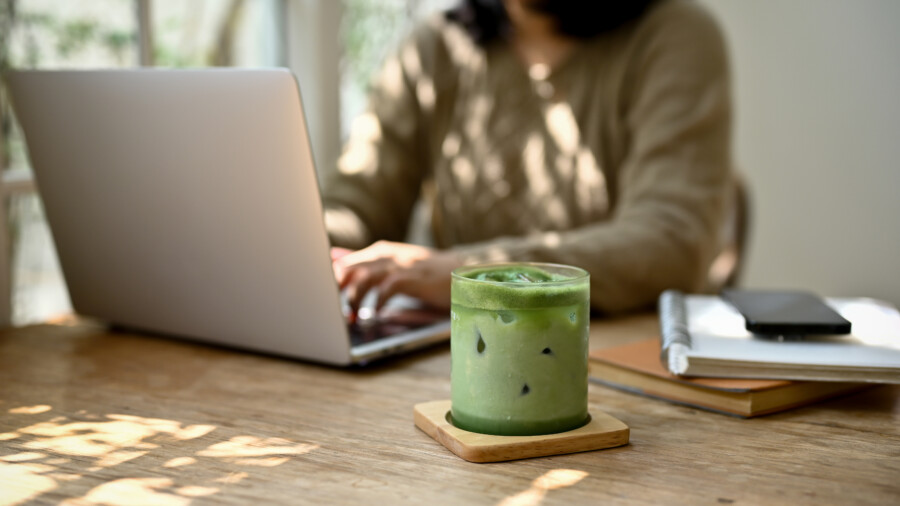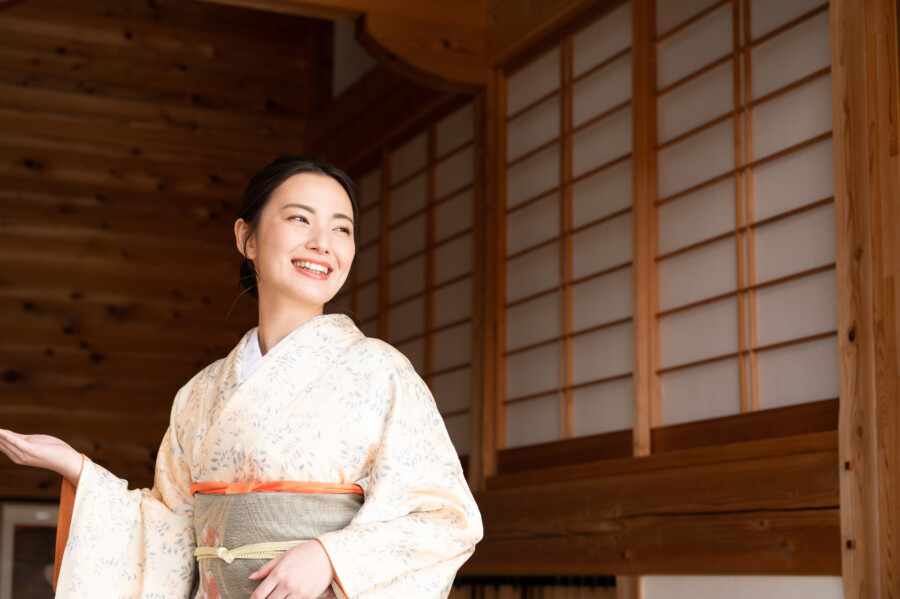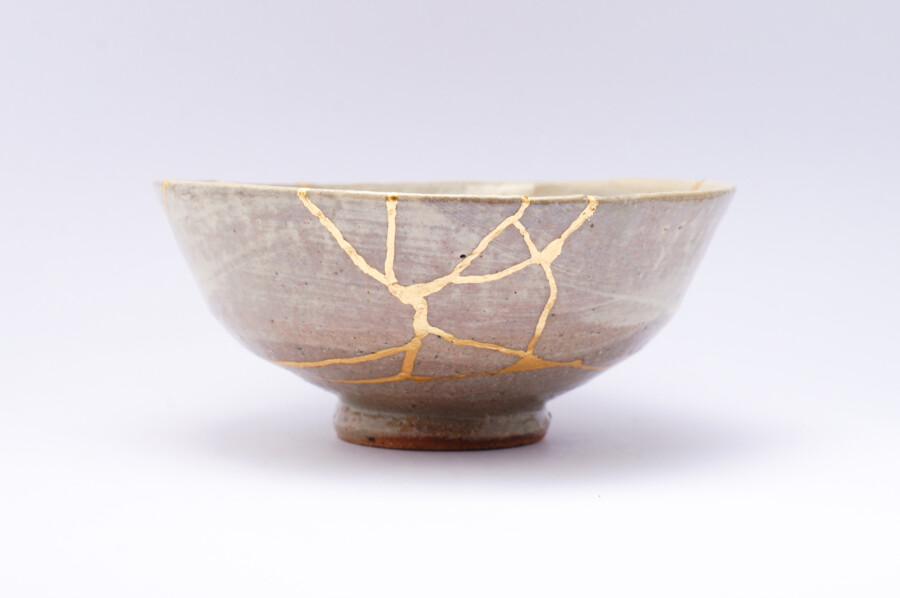
Japanese Design for Small Businesses: Standing Out on a Budget
In today’s highly competitive market, small businesses face the daunting challenge of standing out without breaking the bank. One approach that has gained popularity worldwide is the incorporation of Japanese design elements. From the subtle warmth of wabi-sabi to the refined minimalism that typifies traditional Japanese aesthetics, these design principles offer a distinctive way to attract attention and build a memorable brand identity. In this article, we’ll explore the essence of Japanese design, examine how small businesses can integrate these elements on a limited budget, and highlight why simplicity and authenticity resonate so strongly with customers.
Understanding the Essence of Japanese Design

Minimalism and Harmony
Japanese design is often described as minimalistic. However, minimalism in Japan goes beyond merely “less is more.” It strives to create a sense of harmony between function and form. Every element serves a purpose, and unnecessary details are removed to emphasize what truly matters. This focus on clarity and intent can help small businesses streamline their brand messaging and bring out the best in their products or services.
The Allure of Wabi-Sabi
Another hallmark of Japanese aesthetics is wabi-sabi, a concept centered on finding beauty in imperfection. Instead of chasing polished perfection, wabi-sabi celebrates natural textures, organic shapes, and muted colors. It encourages businesses to embrace authenticity—showcasing artisanal details, allowing space for uniqueness, and remembering that flaws can tell a beautiful story. When carefully applied, wabi-sabi can foster a sense of intimacy and authenticity that resonates with customers on a deeper level.
Embracing Nature
Japanese design also draws heavily from nature. Whether it’s through soft color palettes inspired by natural landscapes or the strategic use of raw, organic materials, this nature-inspired sensibility connects your brand with a sense of calm, reliability, and warmth. Even a hint of greenery in your store or office can evoke a sense of tranquility that distinguishes you from the competition.
Low-Cost Techniques for Incorporating Japanese Design in Branding
Thoughtful Color Palettes
Start by selecting a subtle color palette that reflects the essence of your business. Traditional Japanese designs often rely on muted earth tones, such as warm browns, cool grays, soft whites, and calm greens. These can be paired with occasional pops of color—like a hint of vermilion red—to highlight important details. By limiting your palette to a few carefully chosen shades, you not only reduce printing and production costs but also create a more cohesive identity.
Simple Typography Choices
Typography is a critical part of brand identity, and Japanese aesthetics value simplicity. When choosing fonts, opt for clean, easy-to-read typefaces. Sans-serif fonts can convey a modern, minimal look, while a more handcrafted typeface may offer a subtle nod to wabi-sabi. The key is consistency: stick to one or two typefaces that complement your brand name and your chosen color palette.
Iconography and Imagery
Small businesses may not always have the budget for extensive custom illustrations, but you can still evoke Japanese design through subtle iconography. Consider simple, nature-inspired motifs—like delicate leaves or geometric waves—that speak to Japanese art traditions. Just be sure not to overuse them. A few well-placed icons or images can be more impactful than a cluttered assortment.
Creating an Inviting Retail or Office Space
Space Utilization
The principle of ma, which refers to the use of empty or negative space, is fundamental in Japanese architecture and interior design. It emphasizes the importance of “what is not there” as much as what is. Small businesses with limited square footage can benefit from this concept by organizing their layout to maximize open areas. A more breathable, uncluttered environment can make your space feel larger, more inviting, and distinctly elegant.
Subtle Decor
You don’t have to completely renovate to create a sense of Japanese-inspired tranquility. Elements like a shoji screen, a simple ceramic vase, or framed prints of ukiyo-e art can go a long way in evoking a thoughtful atmosphere. Focus on fewer pieces of higher quality rather than stuffing your space with cheap decor. A little can convey a lot when it comes to Japanese design.
Natural Materials
Consider using natural and budget-friendly materials wherever possible. Reclaimed wood, bamboo, or simple linen curtains can bring warmth and authenticity without requiring a massive financial investment. Pairing these elements with neutral wall colors and gentle lighting can further enhance the sense of calm.
Packaging on a Budget
Prioritizing Simplicity
Packaging is often a consumer’s first tactile interaction with your brand. Japanese design places a premium on the unboxing experience, but that doesn’t mean you need lavish boxes or expensive materials. Focus on clean lines and thoughtful details. A neatly folded tissue paper secured with a small sticker bearing your logo, or an understated paper wrap featuring a single ornamental pattern, can feel both premium and personal.
Eco-Friendly Options
Sustainability aligns well with Japanese aesthetics, especially in the spirit of wabi-sabi, which values natural materials and mindful consumption. Choose recyclable or biodegradable materials for your packaging. In doing so, you’ll not only reduce costs but also appeal to environmentally conscious customers who appreciate ethical choices from the brands they support.
Marketing Materials and Digital Presence
Consistency is Key
Whether you’re distributing flyers locally or posting daily on social media, consistent design is crucial. This doesn’t require flashy ads or big marketing budgets. By using the same color palette, typography, and imagery across your materials, you create a unified brand experience. The consistency in design helps people quickly recognize your business wherever they encounter it.
Subtle References, Big Impact
One of the strengths of Japanese design is its ability to convey atmosphere through subtle details. On your social media profiles or website, this could mean using minimalistic backgrounds, employing gentle animations inspired by natural elements, or implementing calligraphy-style accents. Even a simple layout that keeps plenty of white space can immediately set your brand apart from those cluttered with text and images.
Storytelling Through Design
Japan has a rich history of visual storytelling, from traditional scroll paintings to manga. Think about how you can leverage storytelling in your marketing. Maybe you can share the process behind your product’s creation, showing small details that highlight craftsmanship or thoughtful design choices. When you frame your brand as part of a compelling narrative, you invite customers to become participants in that story.
Building Authenticity and Cultural Respect
Honoring the Origins
When incorporating elements from Japanese culture, it’s essential to do so respectfully. Rather than copying or using clichés, delve deeper into the meaning behind each aesthetic choice. A small business that demonstrates appreciation and understanding of the tradition, rather than surface-level imitation, will more successfully connect with customers looking for sincerity.
Consistency Over Time
Authenticity isn’t built overnight. As you integrate these Japanese-inspired elements into your brand, be prepared to maintain them over the long haul. Authentic branding requires consistency across all touchpoints—from product packaging and physical store design to social media imagery and customer interactions. Over time, the consistent presence of these elements will help solidify your brand identity in the minds of your audience.
Conclusion
Small businesses seeking a unique, memorable identity can find invaluable inspiration in Japanese design principles. By focusing on minimalism, embracing the beauty of imperfection, and drawing on nature’s calming influence, you can create a visually cohesive and emotionally resonant brand—often without excessive spending. With careful selection of colors, materials, and layouts, you can shape a tranquil, authentic atmosphere that makes your brand recognizable and special.
For small businesses on a tight budget, the key is to emphasize what makes you different. Japanese design offers a timeless blend of simplicity and depth that aligns perfectly with this objective. By integrating these guiding principles respectfully and thoughtfully, you’ll stand out in any market—without losing sight of your financial constraints and unique brand identity.
Authentic Japanese Branding Marks












